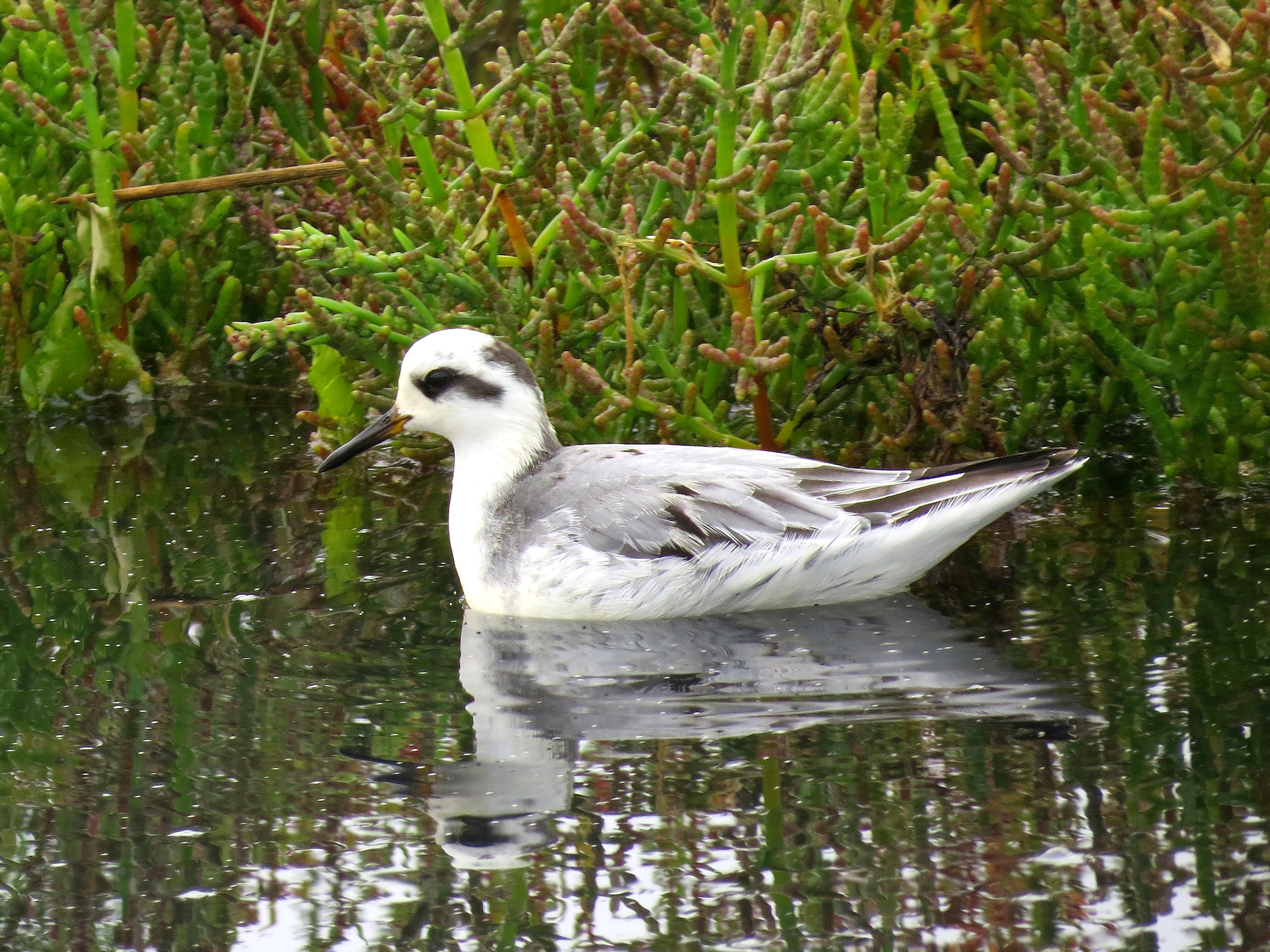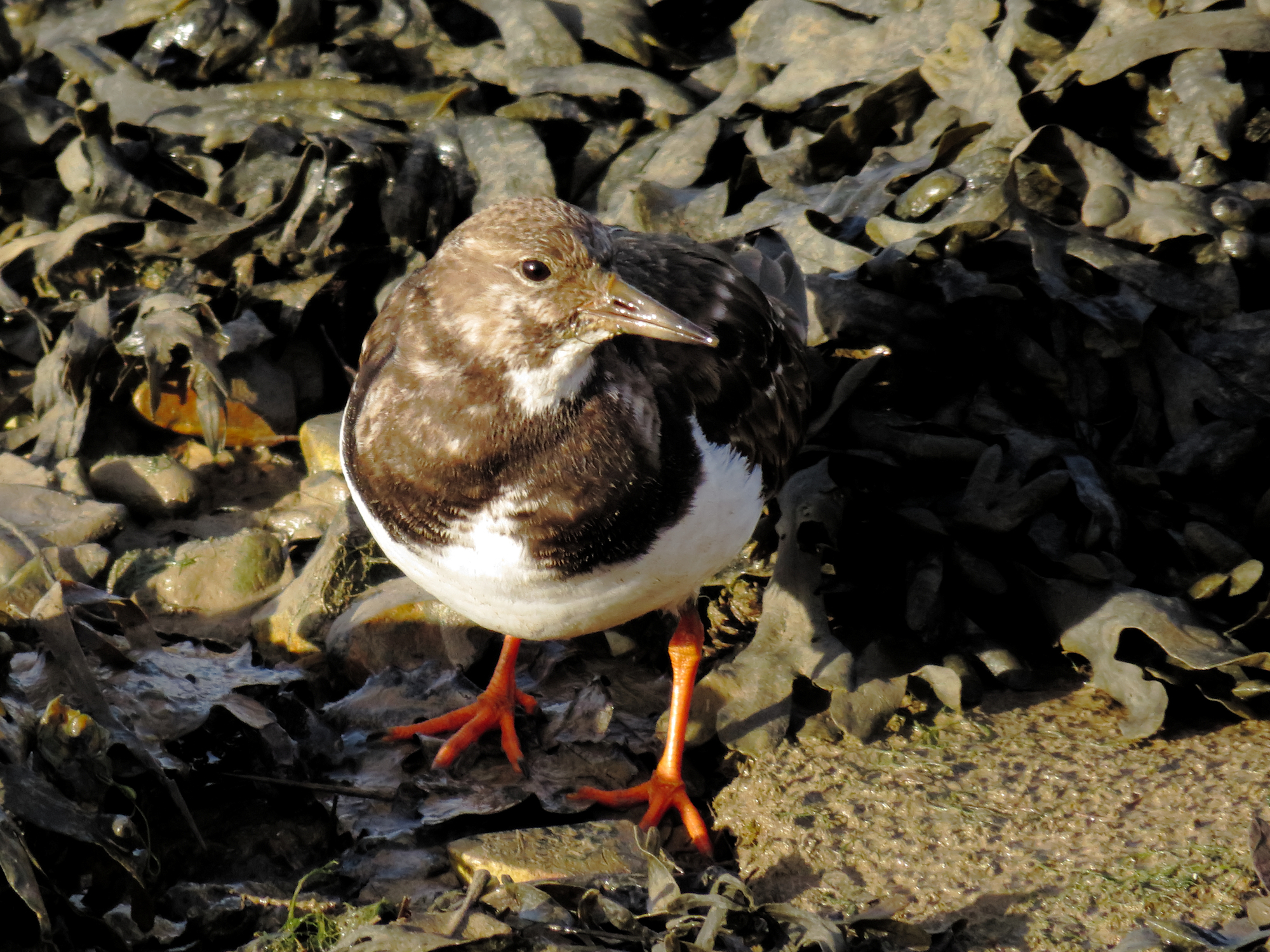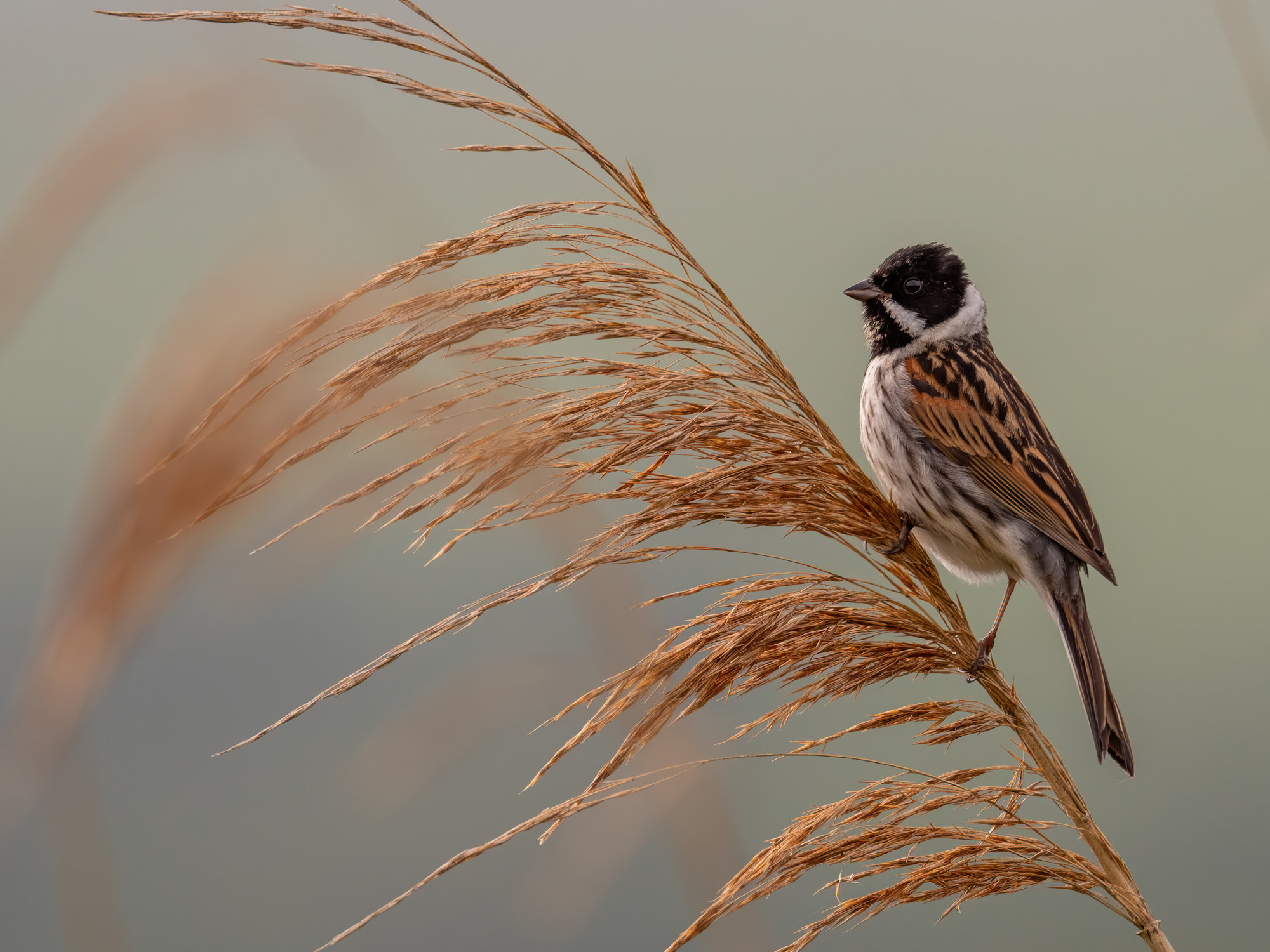Thorness Bay
Thorness Bay overlooks the Solent and consists of a low shingle beach, which is backed by a small freshwater marsh with shallow pools and a reedbed. Thorness Bay is an 86.2-hectare “Site of Special Scientific Interest” which is located to the west of Cowes. The bay stretches about 3 km from Salt Mead Ledge in the west to Gurnard Head to the east.
Parking and amenities
Footpaths to the foreshore are via Little Thorness Farm, Whippance Farm or the Coastal Path from either Gurnard Bay from the east or through Pilgrims Park to the west. Please note that there is no or extremely limited parking available, so using public transport is advisable. Simply click on the Public Transport Advice link at the bottom of this page to view preferred bus routes.
What to look out for - Calendar
Spring (March - June)
Year-round birds consist of cormorant, little egret, grey heron, ringed plover, Mediterranean gull, Cetti’s warbler and reed bunting. Spring passage migrants include whimbrel, sandwich and common terns. Cuckoo and reed warbler breed.
Autumn (July - mid November)
Passage migrants include common sandpiper, turnstone, sandwich and common terns and wheatear.
Winter (mid November - February)
Dark-bellied brent goose, red-breasted merganser, water rail, dunlin, common and jack snipe, curlew, redshank, turnstone and rock pipit.
Rarities
Stone curlew, grey phalarope, great grey shrike, bittern and marsh harrier.
Images

Grey phalarope. © Andy Butler

Turnstone. © Kevin Hutchby

Reed bunting. © Tracey Jolliffe
Useful links and further reading
View the current weather forecast for Thorness Bay
View tide times for Thorness Bay
View a map view of Thorness Bay
